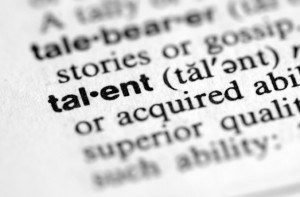
Early in the pandemic, Josh Bersin called it the Big Reset: “The Coronavirus is accelerating one of the biggest business transformations in decades.”
As the business landscape evolves and employees reassess their priorities, leadership is changing as well. To reset thinking on what it means to be a leader today, we asked Josh Bersin and other thought and business leaders for their perspective.
The core of leadership is care. Everything else is a consequence.
-Gianpiero Petriglieri, Associate Professor of Organisational Behaviour at INSEAD
For me, staying humble as your career progresses is key. It helps to actively seek input, ask questions, solicit advice and to attract, motivate and retain great team members. It makes for a better corporate climate, creates mutual respect and drives better outcomes. Plus nobody likes to work for the “smartest person in the room
-Andy Mattes, President & CEO, Coherent Inc.
Leadership is about having the courage to change with purpose, quickly and at scale, while taking the time to care for and empower your people.
-Jeffrey Russell, President & CEO Accenture, Canada
I always have said my job as a leader is to get people to do more than they believed was possible (more impact than volume)
-Kevin Campbell, Chief Executive Officer, Syniti
If you’re inspired by these perspectives on leadership today, stay tuned…there’s more to come! And if you are interested in crafting your own contribution, please email me at janis@issg.net







 by Larry Janis
by Larry Janis